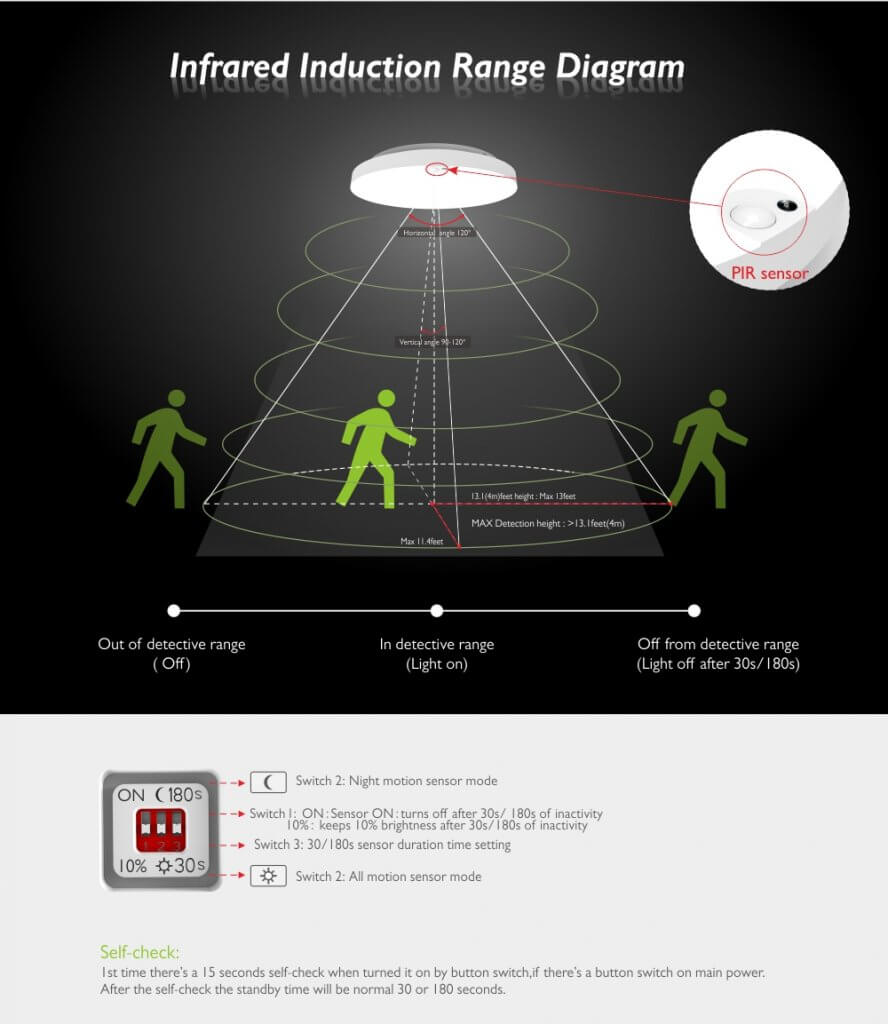A PIR (Passive Infrared) motion sensor is a device that detects motion by measuring changes in infrared radiation. It specifically detects levels of infrared radiation emitted by warm bodies and warm objects, including the human body. The infrared radiation is not visible to the human eye as it is emitted at infrared wavelengths. PIR sensors are not affected by visible light, allowing them to work effectively in both light and dark environments.
The PIR sensor consists of two main parts: a pyroelectric sensor and a lens, often referred to as a fresnel lens. The pyroelectric sensor is a rectangular crystal located at the center of a round metal housing. It detects changes in the amount of infrared radiation impinging upon it, which varies depending on the temperature and surface characteristics of the objects in front of the sensor. The lens focuses the infrared signals onto the pyroelectric sensor. It helps to concentrate the incoming infrared radiation onto the sensor, enhancing its sensitivity to detect motion accurately.
PIR motion sensors are passive because they do not emit any heat or energy themselves. They rely on detecting the infrared radiation emitted by warm objects in their field of view. This makes them highly efficient and suitable for various applications, including automatic lighting systems, security systems, and non-contact thermometers.























